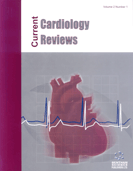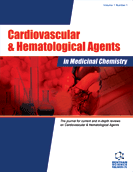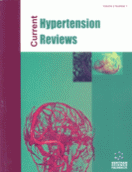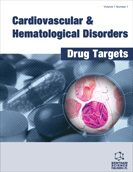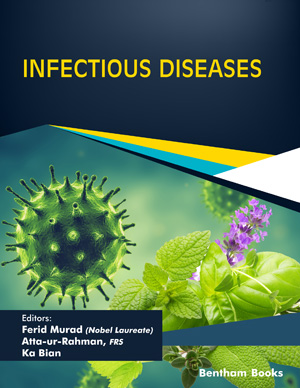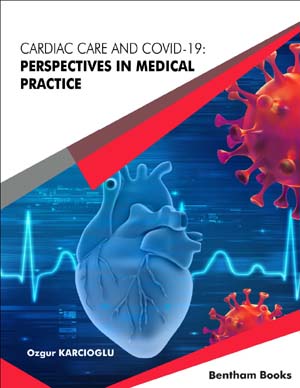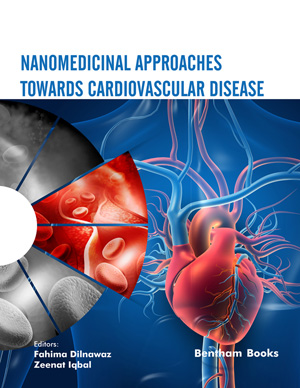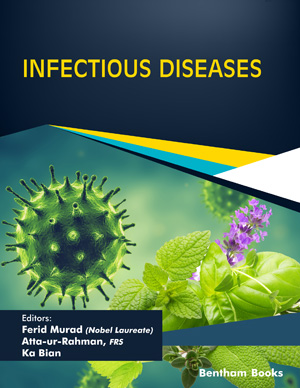Abstract
Guanine nucleotide regulatory proteins (G-proteins) play a key role in the regulation of various signal transduction systems including adenylyl cyclase/cAMP and phospholipase C (PLC)/phosphatidyl inositol turnover (PI). These are implicated in the modulation of a variety of physiological functions such as platelet functions, cardiovascular functions, including arterial tone and reactivity. Several abnormalities in adenylyl cyclase activity, cAMP levels and G proteins have shown to be responsible for the altered cardiac performance and vascular functions observed in cardiovascular disease states. The enhanced or unaltered levels of inhibitory G-proteins (Giα-2 and Giα-3) and mRNA have been reported in different models of hypertension, whereas Gsα levels were shown to be unaltered. These changes in G-protein expression were associated with Gi functions. The enhanced levels of Giα proteins precede the development of blood pressure and suggest that overexpression of Gi proteins may be one of the contributing factors for the pathogenesis of hypertension. The augmented levels of vasoactive peptides, including angiotensin II (AngII), were shown to contribute to enhanced expression of Giα proteins and associated adenylyl cyclase signaling and thereby increased blood pressure. In addition, enhanced oxidative stress in hypertension due to Ang II may also be responsible for the enhanced expression of Giα proteins observed in hypertension. The mechanism by which oxidative stress enhances the expression of Gi proteins appears to be through the activation of mitogen activated protein (MAP) kinase activity.
Keywords: G-proteins, Angiotensin II, oxidative stress, MAPkinase, adenylyl cyclase, hypertension, neurotransmitter, inorganic phosphate, sarcoplasmic, deoxycorticosterone, antihypertensive, nitrendipin, losartan, cAMP, mRNA, volume-overload hypertro-phy
Current Cardiology Reviews
Title: Modulation of Gi Proteins in Hypertension: Role of Angiotensin II and Oxidative Stress
Volume: 6 Issue: 4
Author(s): Madhu B. Anand-Srivastava
Affiliation:
Keywords: G-proteins, Angiotensin II, oxidative stress, MAPkinase, adenylyl cyclase, hypertension, neurotransmitter, inorganic phosphate, sarcoplasmic, deoxycorticosterone, antihypertensive, nitrendipin, losartan, cAMP, mRNA, volume-overload hypertro-phy
Abstract: Guanine nucleotide regulatory proteins (G-proteins) play a key role in the regulation of various signal transduction systems including adenylyl cyclase/cAMP and phospholipase C (PLC)/phosphatidyl inositol turnover (PI). These are implicated in the modulation of a variety of physiological functions such as platelet functions, cardiovascular functions, including arterial tone and reactivity. Several abnormalities in adenylyl cyclase activity, cAMP levels and G proteins have shown to be responsible for the altered cardiac performance and vascular functions observed in cardiovascular disease states. The enhanced or unaltered levels of inhibitory G-proteins (Giα-2 and Giα-3) and mRNA have been reported in different models of hypertension, whereas Gsα levels were shown to be unaltered. These changes in G-protein expression were associated with Gi functions. The enhanced levels of Giα proteins precede the development of blood pressure and suggest that overexpression of Gi proteins may be one of the contributing factors for the pathogenesis of hypertension. The augmented levels of vasoactive peptides, including angiotensin II (AngII), were shown to contribute to enhanced expression of Giα proteins and associated adenylyl cyclase signaling and thereby increased blood pressure. In addition, enhanced oxidative stress in hypertension due to Ang II may also be responsible for the enhanced expression of Giα proteins observed in hypertension. The mechanism by which oxidative stress enhances the expression of Gi proteins appears to be through the activation of mitogen activated protein (MAP) kinase activity.
Export Options
About this article
Cite this article as:
B. Anand-Srivastava Madhu, Modulation of Gi Proteins in Hypertension: Role of Angiotensin II and Oxidative Stress, Current Cardiology Reviews 2010; 6 (4) . https://dx.doi.org/10.2174/157340310793566046
| DOI https://dx.doi.org/10.2174/157340310793566046 |
Print ISSN 1573-403X |
| Publisher Name Bentham Science Publisher |
Online ISSN 1875-6557 |
 5
5
- Author Guidelines
- Bentham Author Support Services (BASS)
- Graphical Abstracts
- Fabricating and Stating False Information
- Research Misconduct
- Post Publication Discussions and Corrections
- Publishing Ethics and Rectitude
- Increase Visibility of Your Article
- Archiving Policies
- Peer Review Workflow
- Order Your Article Before Print
- Promote Your Article
- Manuscript Transfer Facility
- Editorial Policies
- Allegations from Whistleblowers
- Announcements
Related Articles
-
Design, Optimization, Preparation and Evaluation of Dispersion Granules of Valsartan and Formulation into Tablets
Current Drug Delivery The Multimodal Treatment of Acromegaly: Current Status and Future Perspectives
Endocrine, Metabolic & Immune Disorders - Drug Targets Inflammation Markers in Essential Hypertension
Medicinal Chemistry Cognitive Impairment and Diabetes
Recent Patents on Endocrine, Metabolic & Immune Drug Discovery (Discontinued) Acute Cerebral Blood Flow Variations after Human Cardiac Arrest Assessed by Stable Xenon Enhanced Computed Tomography
Current Neurovascular Research Clinical Pharmacology of Non-Steroidal Anti-Inflammatory Drugs: A Review
Anti-Inflammatory & Anti-Allergy Agents in Medicinal Chemistry Preconception Care for the Type 2 Diabetic Mother: A Review on Current Care Guidelines
Current Women`s Health Reviews The mir-221/222 Cluster is a Key Player in Vascular Biology via the Fine-Tuning of Endothelial Cell Physiology
Current Vascular Pharmacology Hydroximic Acid Derivatives: Pleiotropic Hsp Co-Inducers Restoring Homeostasis and Robustness
Current Pharmaceutical Design Editorial [Hot Topic: Gout (Guest Editor: Tony R. Merriman)]
Current Rheumatology Reviews Antihypertensive Drugs that Act on Renin-Angiotensin System with Emphasis in AT1 Antagonists
Mini-Reviews in Medicinal Chemistry Molecular Basis of Adrenomedullin 1 Receptor Function and Its Roles in the Cardiovascular System
Current Hypertension Reviews Nitric Oxide and L-Arginine Deficiency in Cystic Fibrosis
Current Pharmaceutical Design Phytoestrogen-Rich Dietary Supplements in Anti-Atherosclerotic Therapy in Postmenopausal Women
Current Pharmaceutical Design Association of Neutrophil-Lymphocyte Ratio with Mild Cognitive Impairment in Elderly Chinese Adults: A Case-control Study
Current Alzheimer Research Asymmetric Dimethylarginine: a Key Player in the Pathophysiology of Endothelial Dysfunction, Vascular Inflammation and Atherosclerosis in Rheumatoid Arthritis?
Current Pharmaceutical Design Mitochondrial MMP Activation, Dysfunction and Arrhythmogenesis in Hyperhomocysteinemia
Current Vascular Pharmacology Editorial (Oxidative Stress in the Vascular Wall: A Useful Physiological Process or a Therapeutic Target in Vascular Disease?)
Recent Patents on Cardiovascular Drug Discovery Anti-IL-13 in Inflammatory Bowel Disease: From the Bench to the Bedside
Current Drug Targets SUBJECT INDEX TO VOLUME 4 Current Organic Chemistry
Current Organic Chemistry


